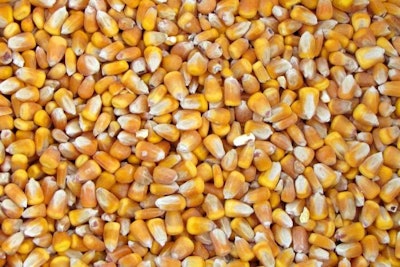
Broken kernels and foreign material are part of the grain grading factors of the Official Standards of the U.S. Federal Grain Inspection Service (FGIS). This factor determines the amount of all matter that passes through a 12/64th-inch round-hole sieve and all material, other than grain, which remains in the sieve. It is common for this factor to be around 3 percent.
When transported from the farm to the final destination, either by truck, rail or vessel, which are part of the U.S. marketing system, grains are loaded and unloaded several times, which increases susceptibility to breakage and, consequently, to broken kernels. Regularly, broken kernels and foreign material average in most corn shipments higher at the point of export than when delivered to local elevators.
What is the importance of knowing how many broken kernels are in our grain? First, broken kernels will have to be removed during cleaning, resulting in a potential downgrade and, therefore, lowering the value. Secondly, we must remember that the most susceptible part of corn or sorghum grain is indeed the broken kernels. Susceptibility lies in the greater invasion of fungi during storage.
During the 2016 Avícola y Porcinos seminar in May 2016 in Buenos Aires, Dr. Trevor K. Smith, University of Guelph, Canada, said the broken kernels must be removed, because with that we can remove 20 to 25 percent of the mycotoxins. That is, a quarter of mycotoxins is found in 3 percent of the grain volume. I find it quite a significant proportion.


















